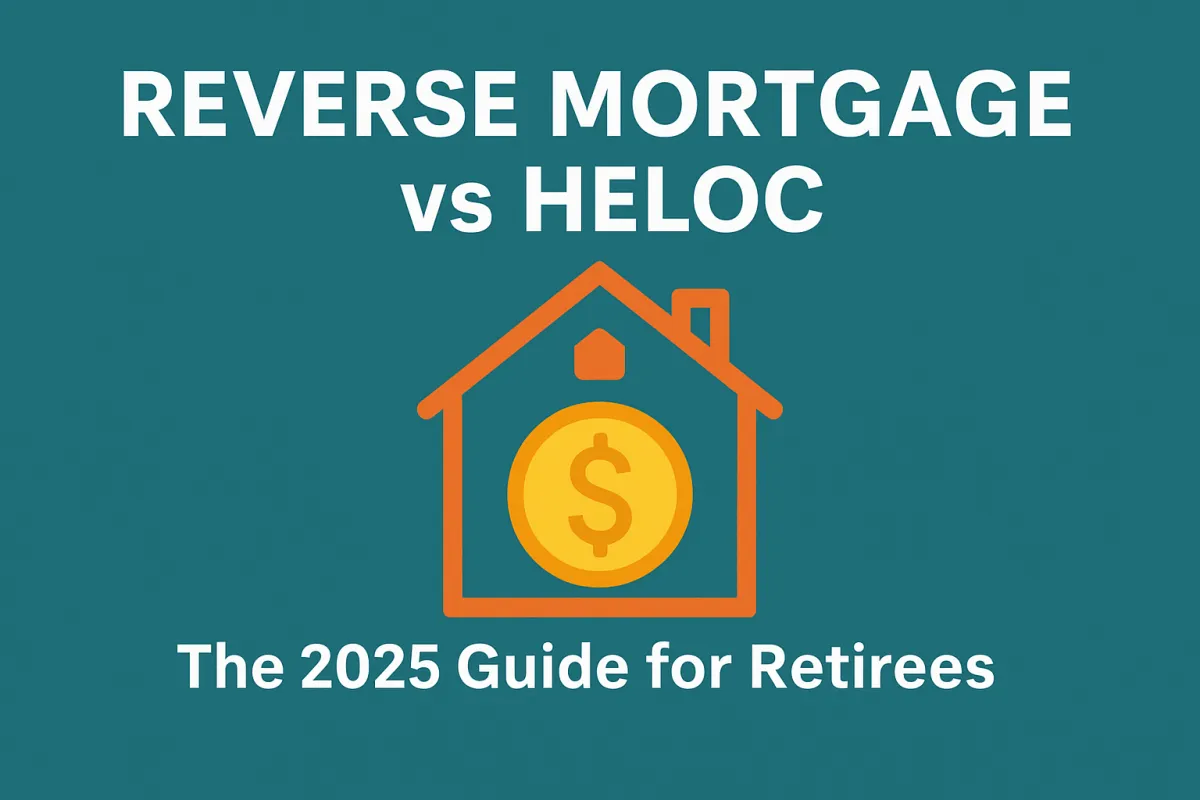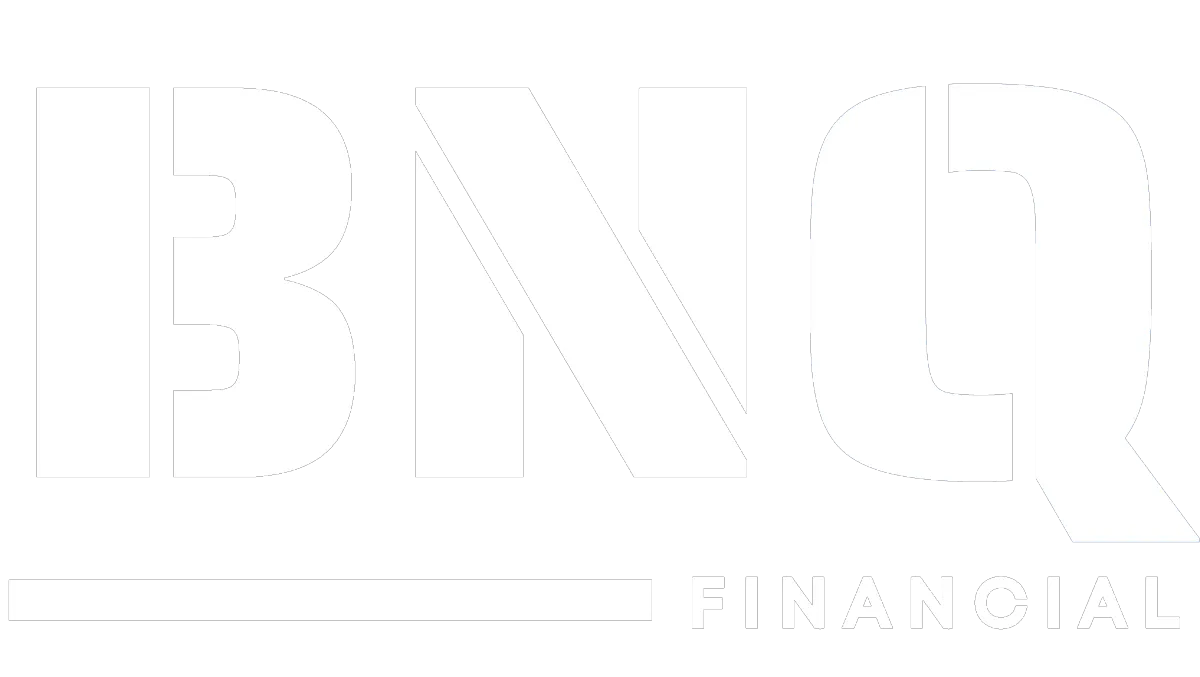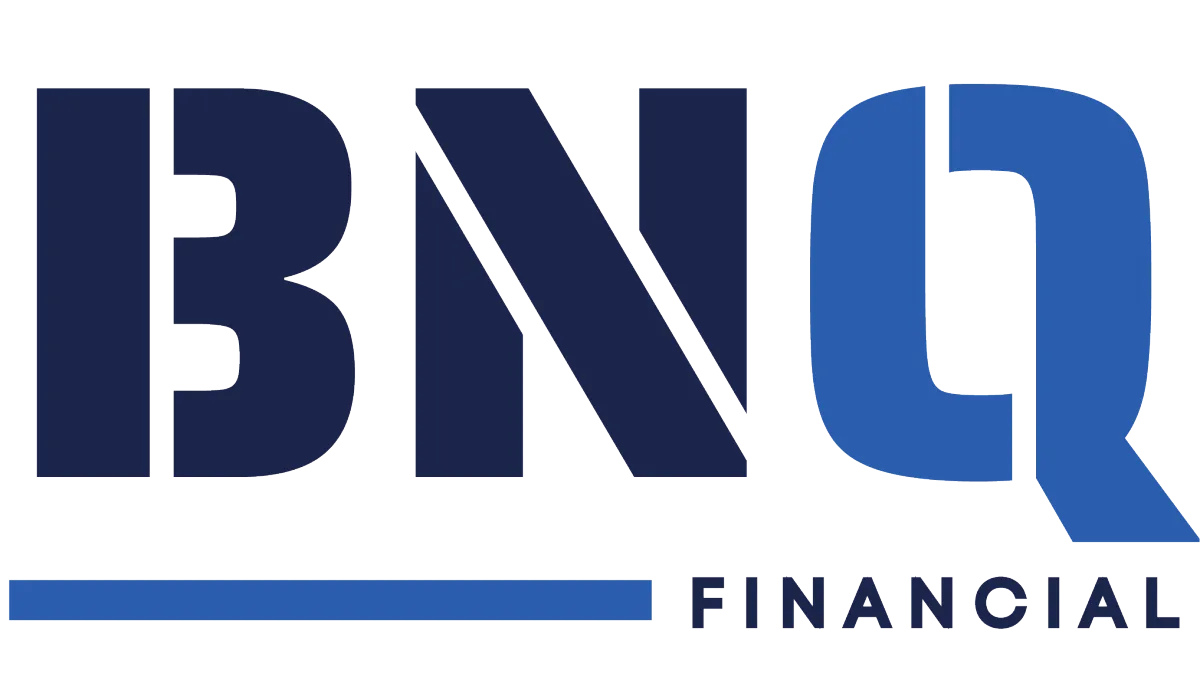
Reverse Mortgage vs HELOC Canada 2025
Reverse Mortgage vs HELOC in Canada: The 2025 Guide for Retirees
Introduction
Across Canada, many retirees ask: “What’s better for me — a HELOC or a reverse mortgage?” Both let you borrow against your home, but they work very differently. The right choice depends on your income, goals, and risk tolerance.
What is a HELOC?
A Home Equity Line of Credit (HELOC) is a revolving line of credit secured by your home.
You borrow up to a limit (usually up to 65% of your home’s value minus outstanding debt).
You must make monthly interest payments, and eventually principal as well.
Qualification requires proof of income, good credit, and passing a federal “stress test.”
Most HELOCs in Canada are variable rate, meaning your payments can increase if rates rise.
What is a Reverse Mortgage?
A reverse mortgage allows Canadians 55+ to access up to 59% of their home’s appraised value without monthly repayment obligations.
No income or credit score needed.
No monthly payments required.
Repayment only happens when you sell, move, or pass away.
Funds can be received as a lump sum, planned advances, or a combination.
Case Study: HELOC Denial vs Reverse Mortgage Approval
A retired Burlington, ON couple applied for a HELOC to fund medical expenses. Despite owning their home outright, they were denied because their pension income didn’t meet bank stress-test rules.
Instead, they were approved for a reverse mortgage and accessed $250,000 in tax-free equity. This allowed them to cover healthcare costs and supplement their income without adding a new monthly bill.
When HELOCs May Work Better
If you’re still working.
If you have strong income and credit.
If you need short-term borrowing for renovations or a project.
Why Reverse Mortgages Fit Retirees
Protects cash flow.
Accessible even if income is low.
Designed for long-term retirement security.
👉 Want clarity on which option fits your lifestyle? Book your free call today.
Sign up to receive the latest news and updates from BNQ Financial

HOME
BORROWERS
LEGAL
FOLLOW US
Office: Suite 105, 1670 North Service Rd E, Oakville, ON L6H 7G3, Canada
Copyright 2025. BNQ Financial. All Rights Reserved.
FSRA #13618
